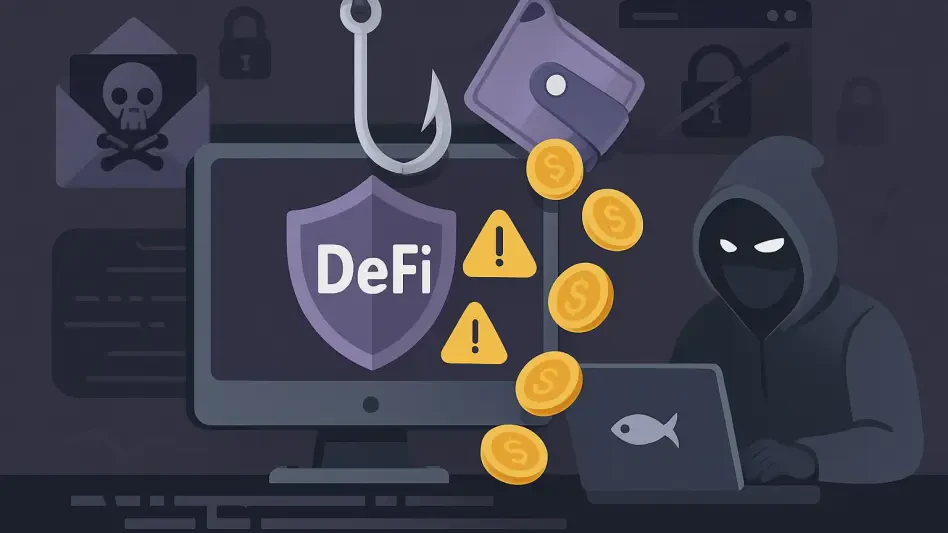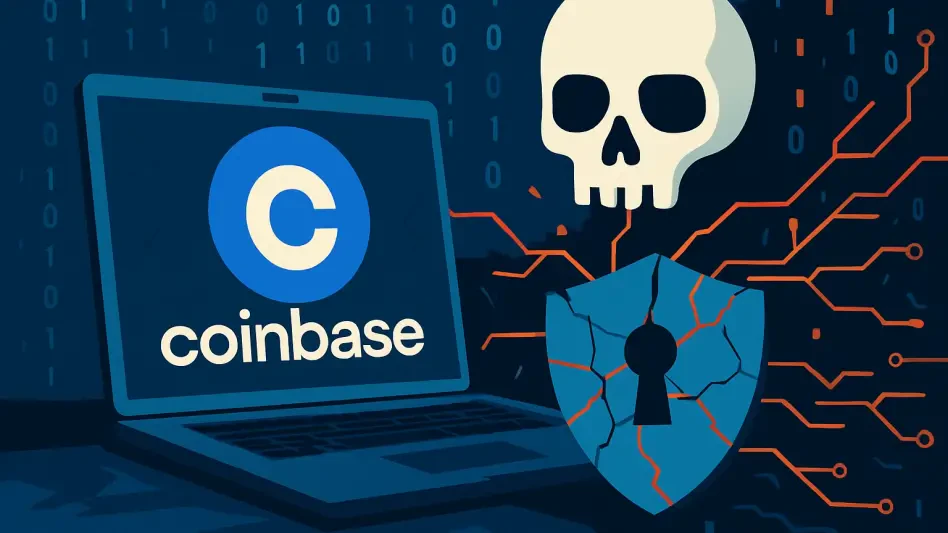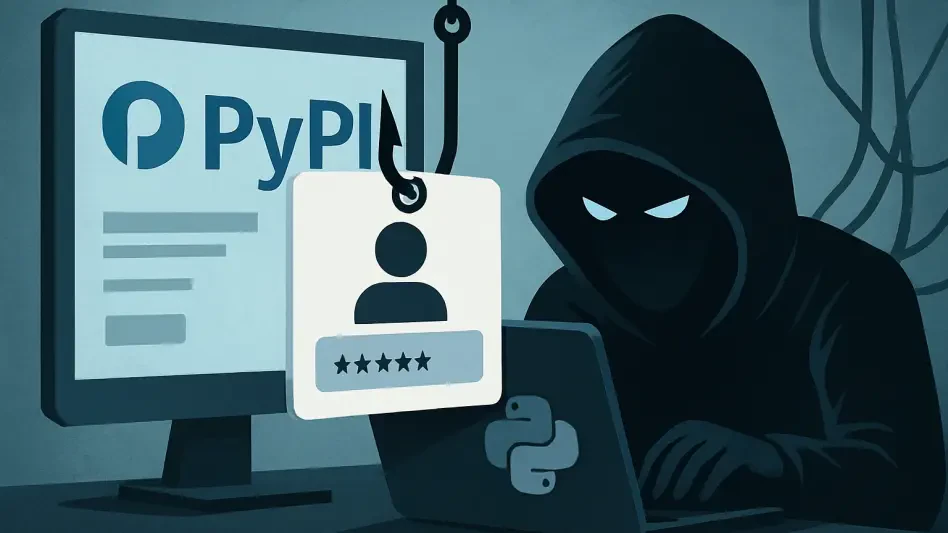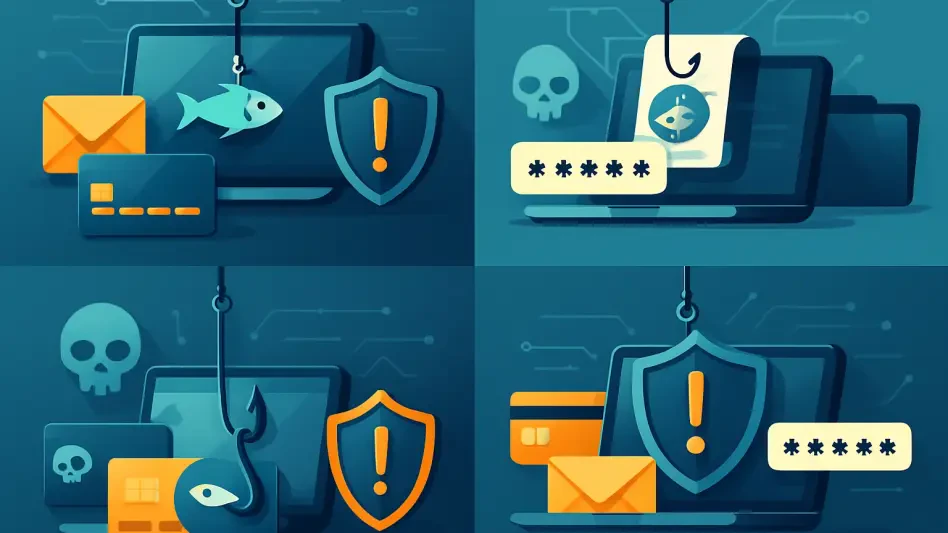The Royal Mail SMS phishing scam is posing a new threat to millions of people, targeting them with fake delivery fee requests to steal personal and financial information. Cybercriminals are leveraging a highly convincing SMS phishing (smishing) scam, impersonating Royal Mail to deceive victims into providing sensitive data. This scam, initially identified by a research team, uses fake delivery updates and preys on users’ urgency and fear of missed deliveries to achieve its nefarious goals. Alarmingly, the widespread reach of Royal Mail means that this scam has the potential to affect millions across the United Kingdom, including vulnerable and elderly populations.
Smishing is a term that blends “SMS” and “phishing,” referring to deceptive messages sent via text to trick recipients into divulging private information. The Royal Mail SMS phishing scam begins with a text message claiming to be from Royal Mail, notifying the recipient of a failed delivery due to an unclear or incomplete address. The message then provides a link to a fake Royal Mail website, urging the user to update their delivery address to avoid delays. This is the entry point that cybercriminals use to collect valuable data from unsuspecting victims.
How the Scam Works
The scheme preys on the natural inclination of individuals to rectify what appears to be a minor issue with the delivery of a package. Upon clicking the link provided in the text message, users are redirected to a fraudulent website that closely mimics the official Royal Mail page. This fake site even replicates Royal Mail branding, including logos, fonts, and layout, giving it an appearance that can easily deceive a hurried or less tech-savvy individual. At first glance, the scam is alarmingly believable, which is why it has resulted in so many victims falling prey.
The site requests users to provide their name, address, email, and phone number under the guise of verifying delivery details. After submitting this personal information, users are then directed to a payment page, where they are asked to pay a small “re-delivery fee.” This page requests sensitive financial details, including the cardholder’s name, card number, CVV, and expiration date. To further add legitimacy to the scam, the fraudulent site asks users to enter a one-time verification code, supposedly sent to their mobile or email. This step is designed to provide a false sense of security to the victims.
Why This Scam Is Convincing
What makes this scam particularly dangerous is its high level of sophistication and ability to replicate legitimate processes. Factors contributing to its convincing nature include the professional appearance of the fake website, which uses official Royal Mail branding to appear genuine. The scam also leverages the urgency and fear of missed deliveries, which prompts victims to act quickly without verifying the message’s authenticity. The request for a nominal fee of 0.23 GBP makes the scam seem trivial and non-threatening, increasing the likelihood of compliance.
Another aspect that makes this scam so believable is the multi-step process that mimics legitimate procedures, such as address verification and payment confirmation. These steps help to establish trust and further deceive the victims, making it seem as though they are interacting with a secure, official Royal Mail site. Additionally, by including a one-time verification code step, the scam adds a layer of security that users would expect in a legitimate transaction, reducing suspicion and making it more challenging to identify the fraud.
What Happens to Victims
Once victims submit their personal and financial information, they unknowingly hand over sensitive data that can be exploited for identity theft and unauthorized transactions. The immediate consequence is potential financial fraud, as the payment details collected can lead to unauthorized transactions. Victims might notice unusual activity on their bank accounts or credit cards, leading to significant monetary loss and the inconvenience of disputing these charges. Furthermore, the personal information provided, such as name, address, and email, can be utilized for subsequent scams or sold on to other cybercriminals.
In more severe cases, clicking on the malicious links can expose users to malware infections. Malware can provide hackers with continued access to the victim’s computer or mobile device, allowing them to steal additional personal data, monitor activities, or even lock the device and demand a ransom for its release. The long-term consequences can include credit score damage, reputational harm, and ongoing harassment from cybercriminals. Therefore, it is crucial for individuals to be aware of this scam and take protective measures.
How to Identify and Avoid Such Scams
The Royal Mail SMS phishing scam is a new threat that targets millions by pretending to be Royal Mail, tricking people into paying fake delivery fees and stealing their personal and financial information. Cybercriminals are using a very believable SMS phishing, also called “smishing,” to impersonate Royal Mail. This scam, discovered by a research team, involves fake delivery updates that exploit recipients’ fear of missing deliveries to achieve their malicious goals. Given the extensive reach of Royal Mail, this scam has the potential to impact millions across the United Kingdom, especially vulnerable and elderly individuals.
Smishing combines “SMS” and “phishing,” referring to trick messages sent via texts that deceive recipients into giving away private details. The scam starts with a text, supposedly from Royal Mail, reporting a failed delivery due to an unclear address. The message includes a link to a fake Royal Mail website, urging recipients to update their delivery address to avoid delays. This is how the criminals obtain the victims’ valuable information.







